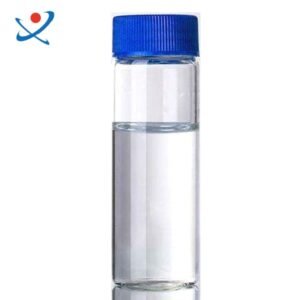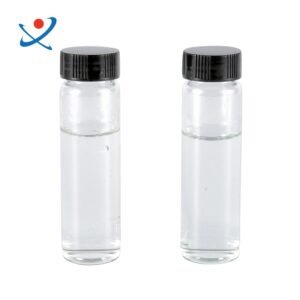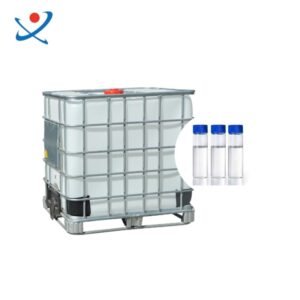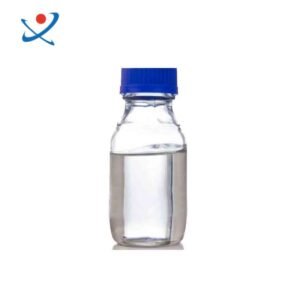Glycyryl methacrylate is an ester compound with the molecular formula C7H10O3, also known as 2,3-epoxypropyl methacrylate or GMA. Colorless and transparent liquid. Insoluble in water, soluble in most commonly used organic solvents. This product is irritating to the skin and mucous membranes. Flammable. Low toxicity.
Product Name: Glycyrrhetinic Methacrylate
Foreign name: Glycyryl methacrylate
Alias: 2,3-epoxypropyl methacrylate, epoxypropyl methacrylate
Chemical formula: C7H10O3
Molecular weight: 142.15
CAS login number: 106-91-2
EINECS login number: 203-441-9
Melting point: -82 ℃
Boiling point: 75 ℃ (º C, 1.33KPa)
Water solubility: insoluble in water
Appearance: Colorless and transparent liquid
Flash point: 76 ℃
Application: Modification of ethylene based polymers and condensed polymers
Safety Description: S26 S28 S45 S53 S36/S37
Hazard symbol: R43 R20/21/22 R36/38 R60 R45
Hazard description: flammable liquid; skin sensibility; Specific target organ systemic toxicity; acute toxicity
UN Dangerous Goods Number: UN 2810 6.1/PG 3
Relative density: 1.074 (25 ℃)
Main purpose
Due to the presence of two functional groups in GMA molecules, namely the active vinyl group and the ionically reactive epoxy group, they can be polymerized through both functional and ionic reactions. Therefore, GMA can be used for the modification of ethylene type and polycondensation type polymers. GMA can intervene in polymerization in three ways: firstly, during ethylene polymerization, the epoxy group is located on the side chain, which is the “O” type polymer; The second is epoxy ring opening, which allows the vinyl group to be located on the side chain, that is, the “V” – shaped polymer [3]; The third is the reaction between compounds with active hydrogen and GMA, which forms a chain by opening a ring on the epoxy group. Use any of the three methods mentioned above to modify the polymer during polymerization. In terms of coatings, the addition of GMA can improve the hardness, glossiness, adhesion, and weather resistance of the coating film. It can be used for acrylic coatings, acrylic coatings, alkyd resin coatings, vinyl chloride resin coatings, and certain water-based coatings. Used for adhesives and non-woven fabrics, it can improve the adhesion of acrylic acid emulsion to metals, glass, cement, polyvinyl fluoride, etc; Improve the washability of non-woven fabrics used for synthesizing latex without affecting the hand feel. When used for processing synthetic resin materials, it can improve their spray forming and extrusion forming properties, and significantly improve the adhesion between resin and metal. Used for synthetic fibers, it can improve the coloring power of poorly dyed fibers, enhance color fastness, and improve wrinkle and shrinkage resistance. This product can improve the sensitivity, resolution, and corrosion resistance of photosensitive resin. This product is grafted with polyolefin, which can improve tensile strength and bending strength. In addition, this product can also be used as a raw material for ion exchange resins, chelating resins, medical selective filtration membranes, anticoagulants, dental materials, insoluble adsorbents, etc. Also used for rubber modification.
Glycidyl methacrylate CAS Number 106-91-2
Product name: Glycyryl methacrylate
Alias: 2,3-epoxypropyl methacrylate, epoxypropyl methacrylate
Chemical formula: C7H10O3
Molecular weight: 142.15
CAS login number: 106-91-2





